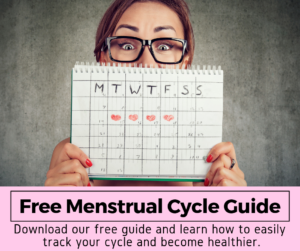Research suggests that the optimal wait time to conceive another baby is between 18 and 30 months after giving birth to your last. Too little time between pregnancies may increase the risk of premature birth and contribute to low birth weight, considered anything under 5 pounds 8 ounces.
Until the early twentieth century the spacing of children was right in the middle of the recommendation; about two years. Then in the second half of the twentieth century child-spacing was shortened to about one year. What happened? According to research, a decline in, what has been labeled, “ecological breastfeeding.”
Ecological breastfeeding is a type of breastfeeding that is dependent on “maternal behaviors.” According to Natural Family Planning International, in ecological breastfeeding “mother and baby are one, and the mother uses her breasts to satisfy the baby’s hunger and suckling needs.” The term “ecological breastfeeding” was coined and developed by breastfeeding expert and co-founder of the Couple to Couple League, Sheila Kippley.
The “maternal behaviors” are seven standards that research now confirms delays the onset of ovulation. Natural Family Planning International indicates that when the seven standards are practiced congruently, ecological breastfeeding mothers “experience their first menstruation between 9 and 20 months postpartum,” the average return for North American moms being between 14 and 15 months.
Let’s take a look at the seven standards as listed by Natural Family Planning International:
1. Breastfeed exclusively for the first six months of life; don’t use other liquids and solids, not even water. This is also recommended by the American Academy of Pediatrics.
2. Pacify or comfort your baby at your breasts.
3. Don’t use bottles and don’t use pacifiers. This is also recommended by the World Health Organization.
4. Sleep with your baby for night feedings. According to the American Academy of Pediatrics parents should sleep in the same room as their infants ideally for the first year of life but on separate surfaces to avoid sleep related infant deaths.
5. Sleep with your baby for a daily-nap feeding. See American Academy of Pediatrics recommendation in number four.
6. Nurse frequently day and night, and avoid schedules. This is also recommended by the World Health Organization.
7. Avoid any practice that restricts nursing or separates you from your baby.
I found out about the seven standards when I was looking for a way to increase milk supply and my lactation consultant suggested ecological breastfeeding. Since milk supply is about supply and demand, it made sense to implement at least a few of the seven. I started with number one and number six first which expanded to all seven as time went by.
The verdict: when followed as prescribed it seems to work for most women, including me, I was amenorrheic (not getting my period) well-above the North American average of 14 to 15 months. And it really does boost milk supply. Here’s the catch though: for most women, the seven standards must be followed congruently and without fail and that’s not easy to do. There were many times, especially in the beginning, where breastfeeding alone without any of the seven stipulations felt overwhelming but I’d try to remind myself of 2 Corinthians 12:9 “My grace is sufficient for you, for power is perfected in weakness.”
Share your breastfeeding experience in the comments section below.
Our Lady of La Leche, pray for us.






